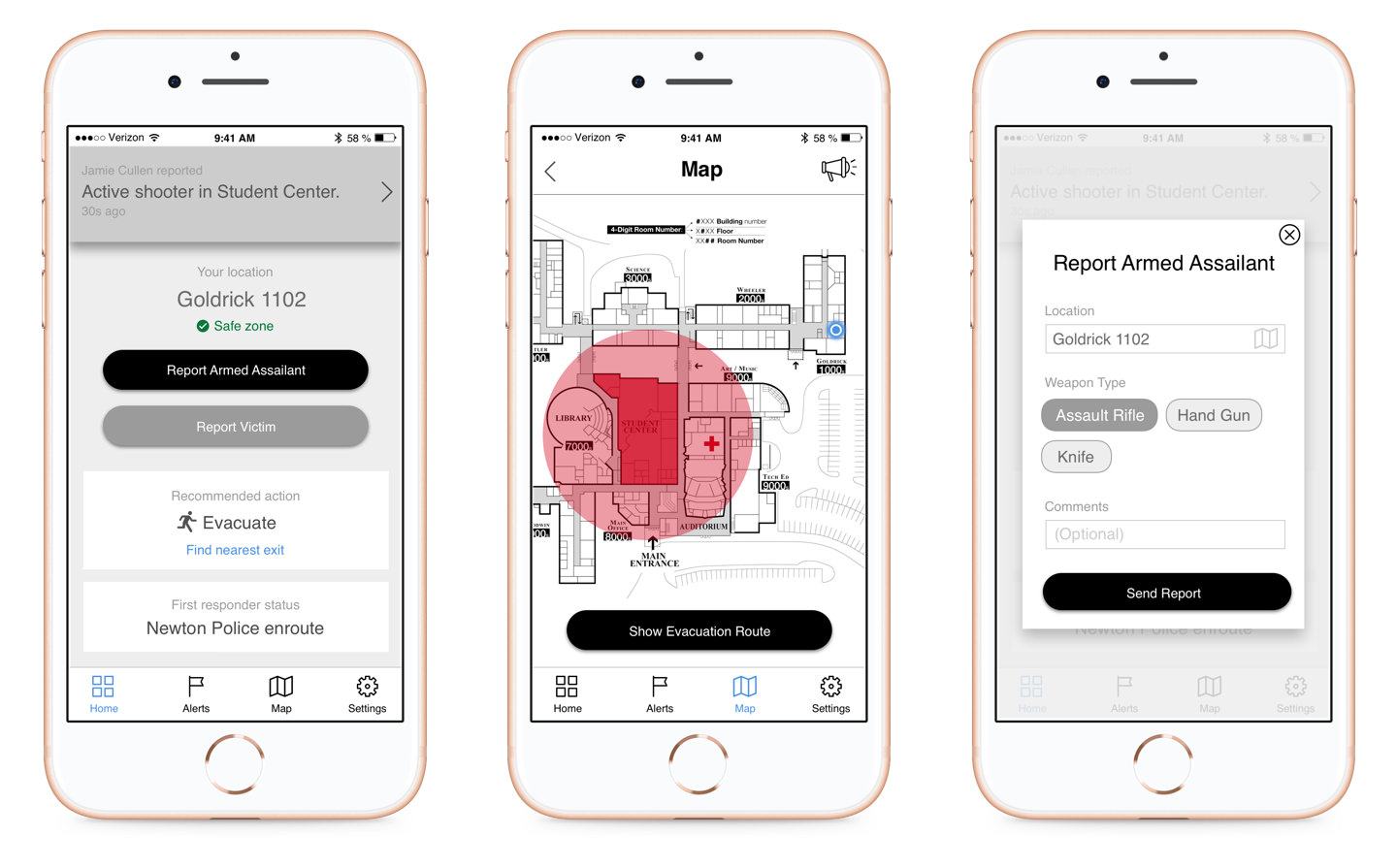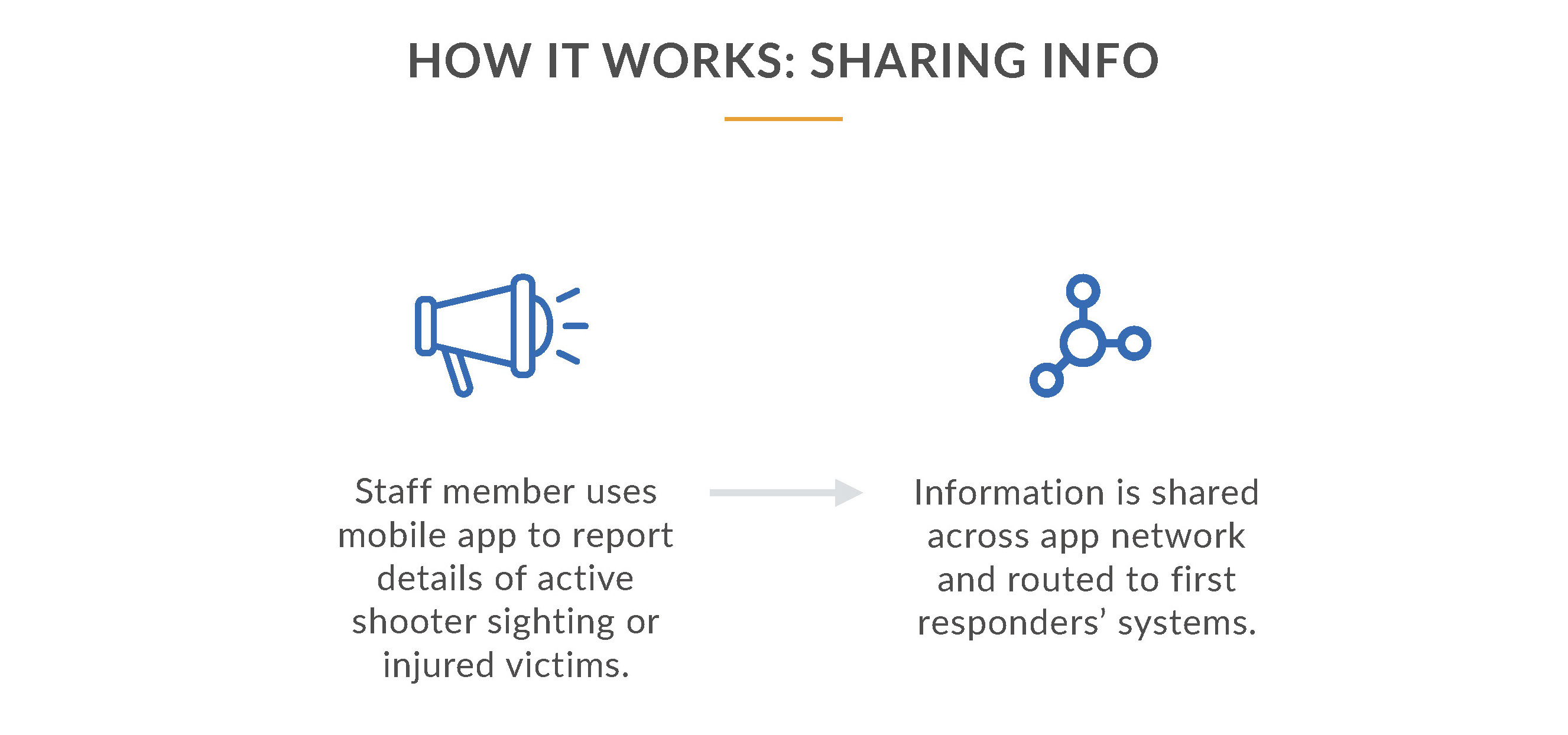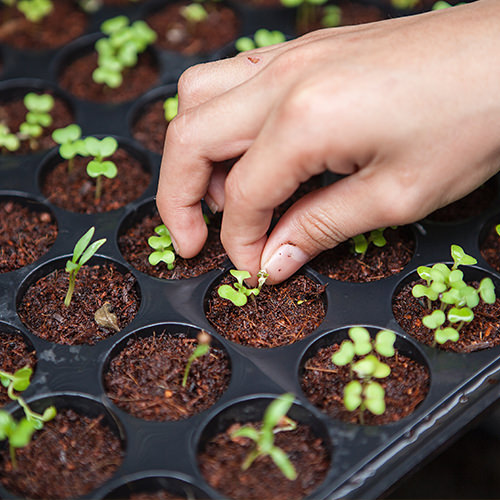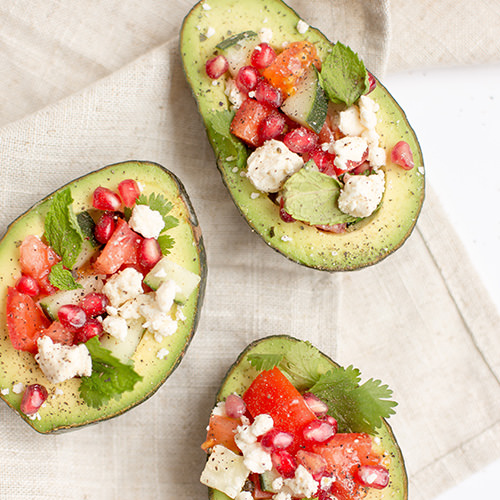A note from the authors:
We have received an overwhelming number of comments, both positive and negative, regarding this concept. Gun violence is an emotional topic. We do not believe an app will solve the entire problem. It is a complex issue that involves multiple layers and requires many remedies. However, waiting around for a solution is not an option. We believe that it is important to take action, and to propose and explore ideas that can be developed and put in place to help respond to, reduce, and ultimately prevent school shootings in the future. There is clearly no cure-all for this horrific issue, but perhaps with creative thinking and collaboration, technology can play an important role in curbing school gun violence and saving lives.
Our goal with this project was to develop a concept that uses technology that we have readily available (our mobile phones) as a resource for school officials, teachers, and administrators. We do not envision this as a mobile app that everyone in the world can use or access.
If nothing else, we hope that by concepting different solutions, and by discussing the issue of gun violence, we can foster a dialog in the design community that aims to bring people together to help address this tragic problem. If you want to help, please reach out. We’d love to hear from you.
Since the start of the year, there have already been 23 school-related shootings where someone was hurt or killed—more than one shooting a week. One Cantina designer is pursuing an idea inspired by her wife, a teacher: an app that could bring real-time information to people who need it in a crisis.
As part of the onboarding process for new designers at Cantina, we ask each person to develop a concept for an app or service that would change the world for the better. It entails identifying a problem, conducting research, and designing a solution. Linda Mateos-Powell’s project called Siren, which would let school teachers, administrators, and support staff alert each other and first responders on the status of an active shooter and any victims.
When a school violence incident is happening, there is currently no way for people on the scene to provide real-time updates to the community on the locations of the shooter or any injured people, or to quickly get that information to first responders. Tools such as intercom systems exist, but they have critical weaknesses that an app could improve on.
Existing technology may not be able to stop a school shooting, but it can still help. We sat down with Linda to chat about her project.
At Cantina, we strive to create digital products and services that seamlessly fit into people’s lives. What inspired you to build this app?
As I’m sure you’ve noticed, mass shootings and, in particular, school shootings have been in the news quite a bit. My wife is a teacher at a public middle school, so school shootings are often top of mind. Through countless conversations with her, I’ve become aware of active-shooter protocols and ALICE (Alert, Lockdown, Inform, Counter, Evacuate) training that is currently in place in some schools. During an active shooting, teachers and other school staff have the important responsibility of choosing the best course of action to keep their students safe. Should they put their classroom in lockdown? Should they evacuate? Unfortunately, teachers and staff don’t have real-time information on the status of the shooter to make the best decision. So why not leverage technology to solve this need?
What type of research did you do to help validate your idea?
I did user research that took into account the trainings that are already in schools for these active shooter scenarios and built my use case based on their needs and the key information they’d need to provide to first responders. I also had a number of teachers and administrators take a look at the prototype and received positive feedback that this type of app could improve communication and information sharing in an active shooting crisis.
What are the key features in your design concept that help meet this need?
Through a mobile app called Siren, teachers, administrators, and support staff would be able to report shooter sightings (including location and type of weapon), report injured victims, and mark areas of the school as safe/all-clear. This information would all be routed to 911, then pushed back through the app so that both first responders and app users would have access to updates in real-time. Using Bluetooth beacons installed throughout the school, Siren would automatically detect the location of the app user and provide a recommended best plan of action. If the best course of action is to evacuate, the app would display a map to the nearest building exit and give turn-by-turn walking directions. First responders would also be able to communicate instructions to all Siren users.
Other priority features would be:
- See safe/danger areas on map
- TouchID or passcode required to open app
Nice-to-have features include:
- SMS support for non-smartphones
- Smart watch support

What key insights did you gain while developing this concept?
In researching this problem, it was important to think about the current protocols schools have in place for active shootings. A major insight was that school-wide intercoms are currently used to announce an active shooter to staff members, but not all classrooms have phones that work with the intercom. Teachers and staff always have their mobile devices with them, so it makes sense to leverage these devices as the primary way to communicate real-time information during an active shooter incident. Other important considerations include the emotions and mindsets of teachers, administrators, and support staff in such a stressful and scary situation.
What was the most pressing issue or challenge you wanted to address with this project?
During an active shooting, school teachers and staff are frightened, yet they have the immense responsibility of keeping their students safe and trying to instill calm and order. I wanted to keep the app experience as effortless as possible for users under duress.
How did you use design to overcome some of these challenges?
When the user opens the app, she is presented with only the most essential and relevant information. She immediately sees the current status of the shooter—the location, how long ago the shooter was reported, and who made the report. She can see the recommended action (lockdown or evacuate) based on her location, as well as the first responder status. With minimal screen taps, the user can quickly report a shooter or a victim. Evacuation routes are visually presented to the user on a map, as well as helpful reminders that the user may have forgotten in the heat of the moment (“Reminder: Run in a zig-zag with your hands up in the air.”)
How does it work?
Siren pretty much works by letting school teachers, administrators and staff share and receive information during an active shooting. Staff members use the mobile app to report details of an active shooter sighting or an injured victim. That information is then shared across the app network and routed to first responder systems.

If a staff member doesn’t have the app open, a push notification will alert her of an active shooter. She can open the app to view updates, a recommended course of action, and the latest police status. The staff member can then make an informed decision on whether to lock down her classroom or evacuate the building.

What would your next steps be if you wanted to see this project launch?
The next steps would definitely be to build a functioning prototype and get it in front of real users to test. Ideally, we’d assemble an advisory committee that includes teachers, administrators, and first responders to validate desirability of features, feasibility, and limitations.



